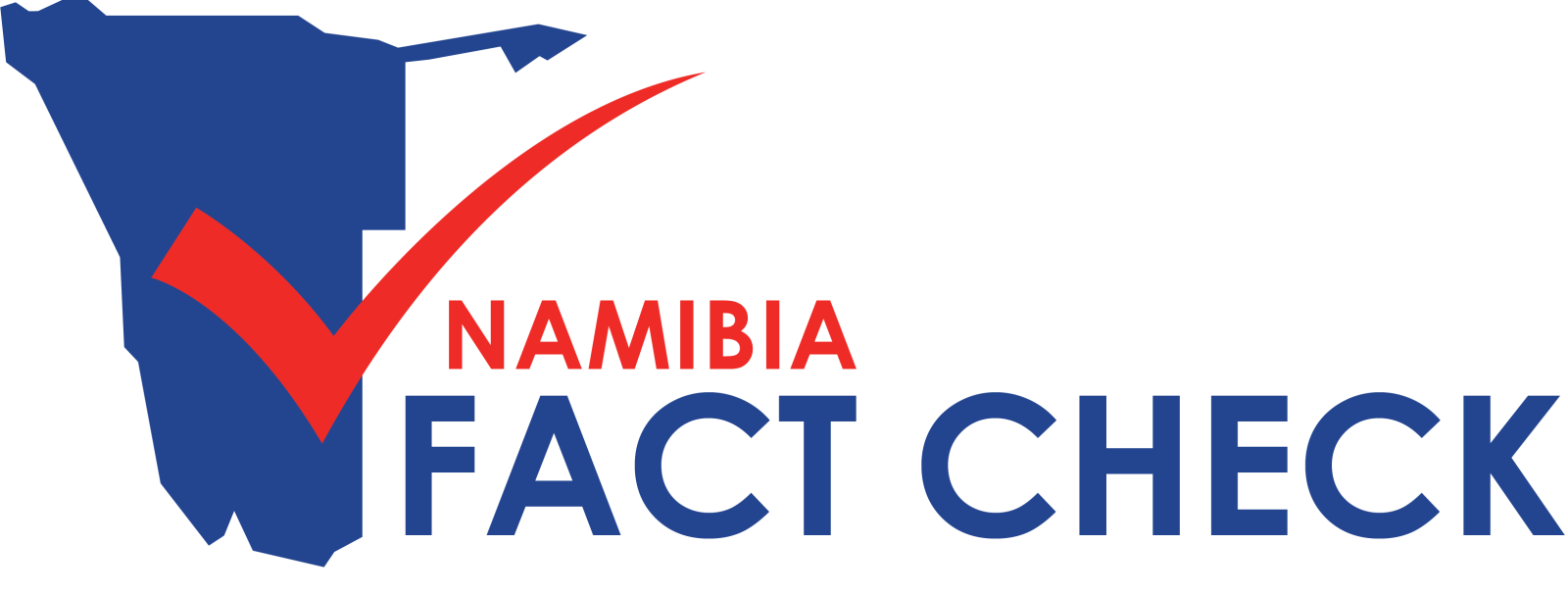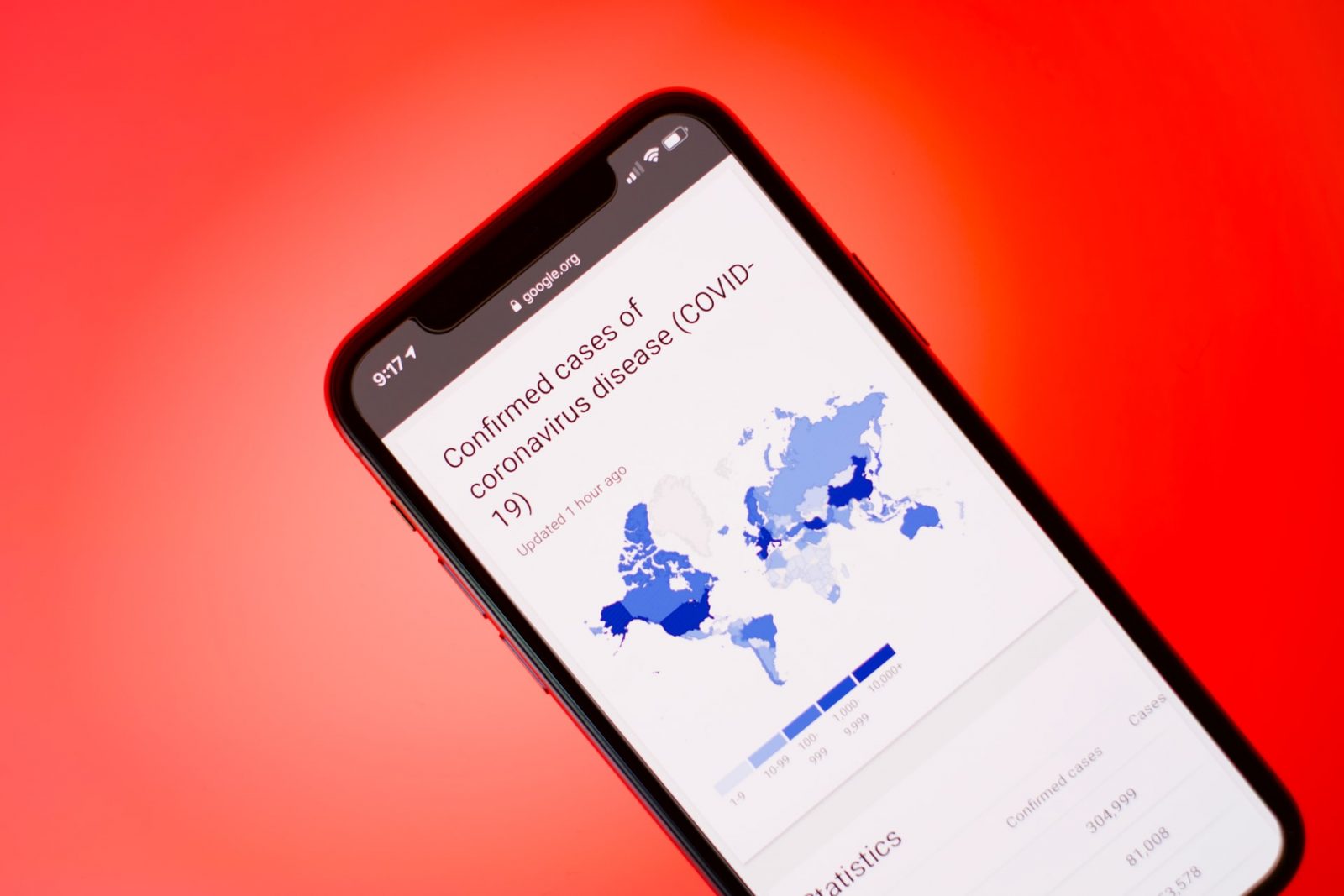Photo by Brian McGowan on Unsplash
Everyone needs to be equipped to recognise and counter the damaging flood of disinformation that is complicating understanding of and responses to the COVID-19 pandemic.
By now no-one can honestly claim to be oblivious to the global health crisis that is the devastating spread of the novel coronavirus (COVID-19) since December 2019.
As COVID-19 started spilling out of China at the end of January 2020, the World Health Organisation (WHO) warned that the “outbreak and response has been accompanied by a massive ‘infodemic’ – an over-abundance of information – some accurate and some not – that makes it hard for people to find trustworthy sources and reliable guidance when they need it”.
To counter this ‘infodemic’ since February 2020, the WHO has been partnering with leading internet and social media companies – Google, Facebook, Twitter, etc. – in an attempt to especially dispel the viral spread of coronavirus disinformation – false information that is deliberately created and disseminated to sow confusion and panic, with the effect of undermining trust in official sources of credible information.
To be clear, social media platforms have become the battlegrounds, with messaging app WhatsApp at the epicenter of the disinformation flood.
In one initiative in its efforts to spread credible information, as of mid-March 2020 the WHO has been running a WhatsApp channel through which anyone in the world can access the latest facts and information about the COVID-19 pandemic.
Fact checkers the world over have also been actively trying to dispel hoaxes and viral fake posts brewing across the internet. A coalition – #CoronaVirusFacts – of over 100 fact checkers spread across global regions and coordinated by the International Fact Checking Network (IFCN) have to date published more than 1000 fact check articles related to COVID-19.
Namibia Fact Check has also been engaged in debunking COVID-19-related hoaxes and false information continuously circulating and recurring on Namibian social media.
But indications are that all these interventions, while highly commendable and relatively sophisticated, are only having limited effect.
Clearly, it increasingly seems, information consumers and social media users – basically just about everyone with an internet-connected mobile phone – need to be armed with knowledge to be able to fend for themselves in the midst of the COVID-19 disinformation onslaught, the likes of which has arguably never been seen before.
That said, to assist, here are seven (7) tips to help anyone debunk COVID-19-related disinformation:
1) Does the post / graphic / image have a clearly identifiable source?
All government, corporate, international agencies issue information with their logo clearly visible. For instance, all WHO information regarding COVID-19 comes with the WHO logo stamped on it. If the source of the information is not immediately clearly visible, then it’s most probably false;
2) Are emotive words used to convey the information?
Credible information from expert sources usually is neutral in language and tone. For instance, when words such as ‘truth’, ‘conspiracy’ or ‘lies’ appear in a post meant to convey health-related information, it’s probably not from a credible source. So, be on the lookout for emotive words and language;
3) Is the image / graphic of a high quality?
If an image is grainy or pixelated, or seems to have been altered without the alteration being acknowledged, be careful of it. Official sources usually use high quality images / graphics in their communication and information packages. As an example check out WHO graphics and images online;
4) Be on the lookout for spelling mistakes and poorly constructed sentences.
Aside from emotive words or language, fake information also often comes riddled with spelling mistakes and confusing phrases or sentences;
5) Be wary of ‘shared’ or ‘forwarded’ messages or posts.
False information is very often shared without anyone bothering to verify if it’s true. Also, not knowing where the information emanates from should be a warning sign. While not all information ‘shared’ or ‘forwarded’ is false, nevertheless be careful;
6) Has it been reported elsewhere?
If credible, traditional news sources have not reported the information, it probably isn’t true. Always try and establish whether something has been reported by referring to trusted news sources.
7) Google it!
If you suspect something of being fake, do a Google search, using key words with ‘hoax’ at the end, for instance, ‘coronavirus hoax’. Because most of the already viral coronavirus hoaxes have already been debunked before making an appearance on Namibian social media, a fact check article should appear immediately in the Google search feed. With images you can do a Google reverse image search to find out where an image first made appeared or was published. Google ‘google reverse image search’ to find out how to do such a search.
These are basic, but effective skills and tools.
A final piece of advice, always be critical of all information received via social media, even if ‘shared’ or ‘forwarded’ by trusted acquaintances or relatives. And try and cultivate a habit of fact checking or verifying as much as you can.
And a final plea … let’s all act responsibly online. It’s literally in our personal and collective health interest at the moment to do so.
Please STOP sharing COVID-19-related disinformation online.
For more information on COVID-19 related fact checks and related resources, see the following:
And for a running list of debunked hoaxes, see this AFP Fact Check feature – Busting coronavirus myths.

